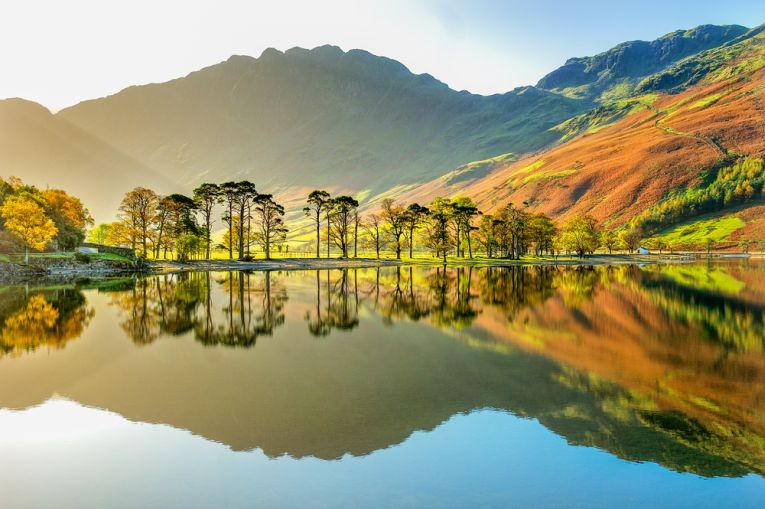At a time when the UK has seen some of the worst flooding for decades, and the wettest winter for 250 years, the media has been saturated with requests for an improvement in environmental protection for those areas of the country most affected.
The dredging, barriers and barricades that communities are crying out for may present a final obstacle to floodwaters which are rushing toward populated urban areas, but they do not address the initial issues. The way we adapt and treat our riverbeds and countryside has a direct effect upon their ability to deal with rainwater. Should we now be looking at cheaper more natural prevention?
Government policy over the past decade has largely been in the widening and dredging of riverbeds to allow for more water to be carried; many now, though, are suggesting other alternatives. Former Environment Secretary Lord Rooker recently stated that planting more trees could help prevent such harsh and sudden flooding in vulnerable areas. 'Rewilding', as it sometimes called, is the process of returning domesticated land, like grazing pastures and farmland, back to a more natural state, which evidence claims, can help prevent flooding.
Schemes that encourage 'rewilding' though have implications upon the land owners and farmers who are being encouraged to implement them. The organisation CPRE (Campaign to Protect Rural England) has called for more money to be spent on 'green farming schemes' using a higher percentage of the grants given to farmers as part of the European Union CAP (Common Agricultural Policy). In the news though, a Welsh Minister was criticised for diverting money away from the Direct Payments given to Farmers as part of the policy, and towards Rural Development projects, projects that could, in theory, include the reforestation of areas. The criticism is that in reducing a source of income for these farmers he is reducing their competitiveness on the market.
In order to understand this kind of rewilding through tree planting, the physical geographers such as Dr.Richard Johnson of Bath Spa University state that , "to outline the potential impacts of vegetation on a river cachment;
1. Forest canopies can reduce 'ground raindrop impact' meaning less sediment erodes from the river bank into the river. This in turn affects the ability of the river to hold more water.
2. Trees can modify soil conditions allowing more water to be absorbed in to the soil and not through the channel networks of rivers.
3. Roots can bind soil creating channel stability reducing the risk of a river's banks bursting. Too much artificial vegetation however can prevent a channel from naturally adjusting and in turn impact the generation of floods."
Austin Brady is the Head of Conservation at The Woodland Trust. His take on the argument is, "Trees are vital for a variety of reasons, not least their ability to soak up water and lessen the effects of flooding. They provide excellent source of natural shelter and shade for crops and livestock." The funding for planting trees comes from collaboration in using existing funding schemes. Landowners and land managers successfully worked with United Utilities in the SCaMP Project in NW England. In this wild and wet region, 56,385 hectares of watershed areas supply 7 million people with water, but Sites of Special Scientific Interest and farmers are also accommodated. As thee peat bogs are drying out, water problems and carbon dioxide release are long-term worries.
And the solution? Within 5 years, £10.6 million was invested in oak woodland, moorland restoration and watercourse protection, also involving farm infrastructures. Hay meadows were recreated, scrub and heather was planted and livestock kept away from watercourses and "scrapes" needed for breeding wading birds. Farmers were compensated for less livestock capability with additional agri-environment income. Almost all the land involved was transformed into a favourable or "recovering" condition by 2010.
Sean McMahon wrote the original piece in his garden blog Trees: The Solution to Flooding?.
If you want to check other versions of rewilding, check The Wilding of Europe.










